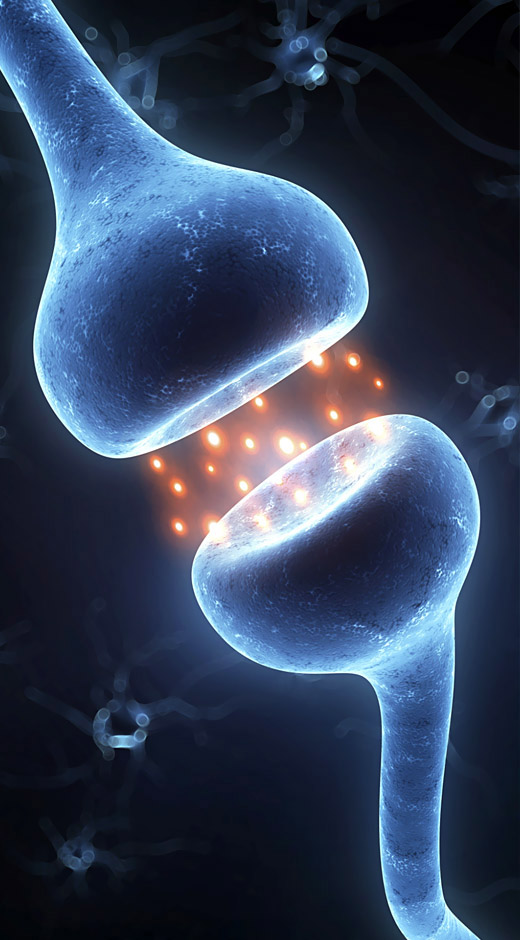Overview
Electromyography (EMG) functions to measure the electrical activity of muscles at rest and when contracting. Nerve conduction studies (NCS) measure how well and fast sensory and motor nerves can send an electrical signal.
Conditions in which your doctor may order this diagnostic study
- Back pain that radiates into the legs
- Neck pain that radiates into the arms
- Pain in arms or legs
- Numbness or tingling in hands or feet
- Pinched nerve
- Carpal tunnel syndrome
- Neuropathy related to diabetes or other causes
- Muscle cramps
- Muscle weakness
- Muscle wasting
- Unexplained muscle twitching
Preparation for test
- On the day of your exam, please do not use any skin products such as lotions, oils or perfumes. As these products, interfere with nerve conduction component of your study leading to suboptimal results.
- If you are having your upper extremities (Arms) evaluated, please have a short-sleeved shirt on so that the physician can have proper anatomical access to your muscles.
- If you are having your lower extremities (Legs) evaluated, Please bring a pair of shorts with you or you will be asked to wear a gown or shorts in the office. This is necessary, again so that the physician can have proper anatomical access to your muscles.
What to expect during the test: This test is comprised of two parts
Nerve conduction study (NCS): Consists of the use of a mild electrical current to stimulate the nerves of interest to determine their level of function.
Electromyography (EMG): Requires the use of a sterile fine needle with a built in electrode at the tip to survey muscles of interest for proper nerve innervation and functionality. Typically, 5-8 Muscles will be tested in each limb.

